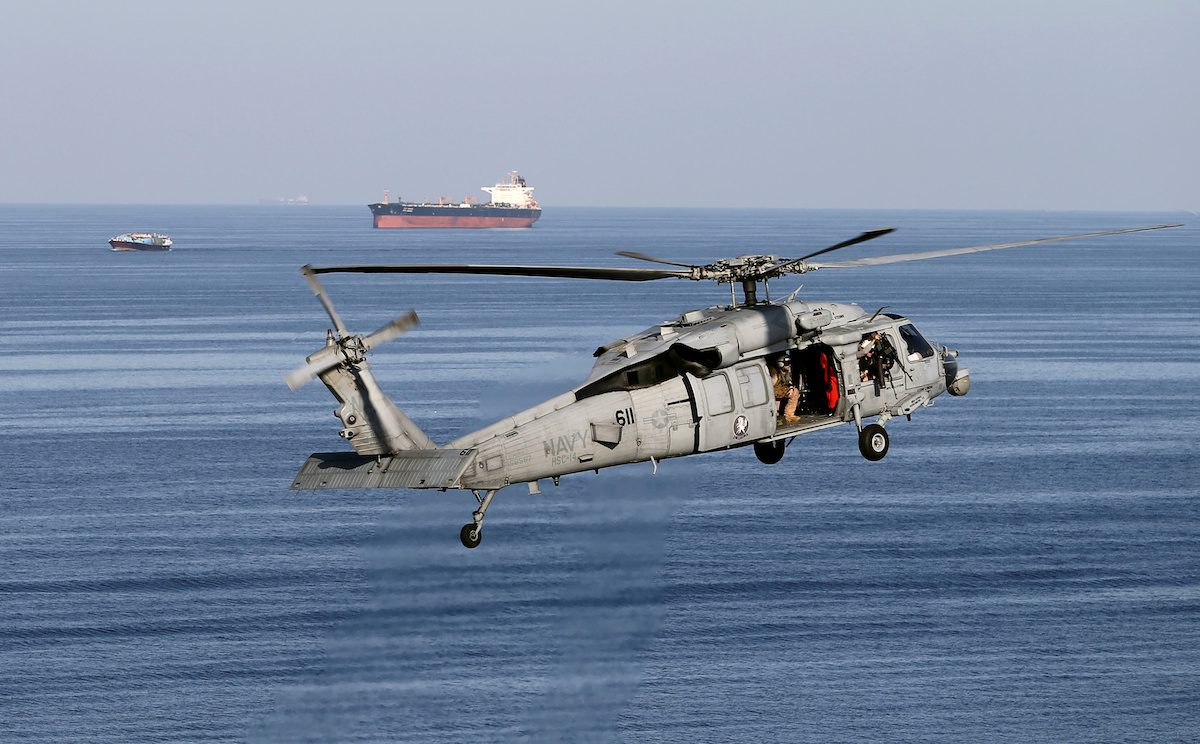By Bloomberg News (Bloomberg) —
Russia’s seaborne oil exports remained resilient in February, as the nation found new buyers even as the full force of Western restrictions was brought to bear.
Oil-market watchers are closely following Russian export data for signs of disruptions after the European Union and the majority of Group of Seven nations banned most seaborne imports of oil and fuel in condemnation of the invasion in Ukraine. Aided by ‘shadow fleet’ of tankers, Russian producers have turned to buyers in the Gulf, Latin America and Asia, ship-tracking data shows.
The EU banned seaborne fuel imports in early February, two months after imposing restrictions on crude shipments. The sanctions come on top of the price caps on Russian cargoes that third countries must observe, if they want access to western services like shipping and insurance.
Despite that combination of curbs hitting in February, Russian producers exported an average of 7.32 million barrels a day of crude oil and petroleum products, data from research firm Kpler shows. That’s in line with volumes shipped in December and only 9% below the historic high in January.
The monthly decline in Russia’s seaborne flows is mostly the result of unusually high January exports, which partly related to weather disruptions, said Kpler crude analyst Viktor Katona.
Bad weather in early winter led to “a sizable carry-on effect of cargoes that were bound to load in December yet were pushed into January,” leading to peak flows, he said. “Storms have come back this month again after a relatively tame January, especially in the Black Sea, with the port Novorossiysk repeatedly shut throughout the month.”
Despite that resilience, Russia’s oil exports face further strains as India, a top buyer of its crude, sees mounting pressure from bankers to demonstrate that the cargoes comply with the $60-barrel price cap. Tougher monitoring may weigh on India’s purchases of Russian barrels.
Next month’s exports may also be affected by the Kremlin’s decision to cut oil production by 500,000 barrels per day in retaliation for the western bans. The baseline for the cut is the nation’s January production, which reached around 10.86 million barrels per day.
So far, it remains unclear whether Russian producers will prefer to reduce their crude exports or domestic processing as a result of the curb. Preliminary March plans indicate the oil firms intend to keep refinery runs high to take advantage of huge tax benefits that are set to decline from April.
© 2023 Bloomberg L.P.

 Join The Club
Join The Club











